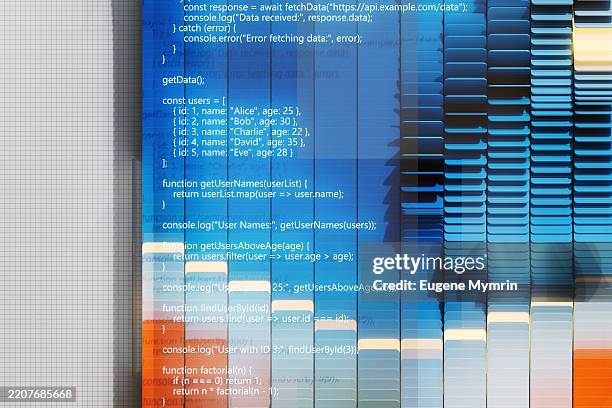Next-Gen React State Management with Zustand and TanStack Query
React state management has evolved significantly. While Redux once reigned supreme, lighter-weight solutions like Zustand and TanStack Query offer a compelling alternative for many projects. This blog post explores how to leverage these libraries for efficient and scalable state management in your React applications. Zustand provides a minimalistic, unopinionated approach to local state, while TanStack Query handles data fetching, caching, and updating with ease. Combining them creates a powerful and streamlined development workflow.
Concepts: Zustand and TanStack Query
**Zustand:** Zustand is a small, fast, and scalable state management solution. It uses a simple store pattern, making it incredibly easy to learn and use. Its reliance on immer allows for straightforward immutable updates. It's perfect for managing local component state and smaller applications where a full-fledged solution like Redux might be overkill. **TanStack Query:** TanStack Query is a powerful data fetching library. It handles background updates, caching, optimistic updates, and more, significantly reducing boilerplate and improving the user experience. It seamlessly integrates with various data sources (REST APIs, GraphQL, etc.) and provides a declarative approach to data management.

Code Example: Fetching and Displaying Data
Let's build a simple example that fetches a list of posts from an API using TanStack Query and displays them using Zustand to manage the loading state. We'll assume a simple API endpoint `/api/posts` that returns a JSON array of posts.

Tips and Best Practices
1. **Keep Zustand stores small and focused:** Avoid creating massive stores. Break down your state into smaller, manageable units. 2. **Use TanStack Query's caching effectively:** Leverage caching to reduce API calls and improve performance. Understand query keys and stale-while-revalidate strategies. 3. **Handle errors gracefully:** Implement proper error handling in both Zustand and TanStack Query to provide a better user experience. 4. **Consider using Zustand's middleware for advanced features:** Zustand's middleware system allows you to add functionality like logging or persistence without modifying core store logic. 5. **Utilize React.useEffect for synchronization:** Ensure data consistency between Zustand and TanStack Query by updating the Zustand store within a useEffect hook that depends on the TanStack Query data.

Conclusion
Zustand and TanStack Query offer a powerful combination for modern React state management. Their lightweight nature and ease of use make them ideal for a wide range of projects, from simple applications to complex data-driven interfaces. By following the best practices outlined above, you can build robust, efficient, and maintainable React applications.
Comments
Post a Comment